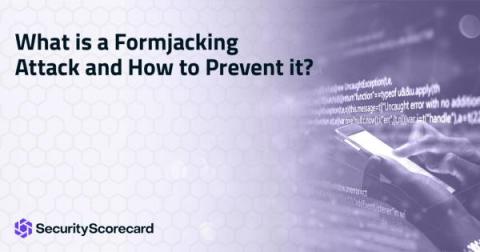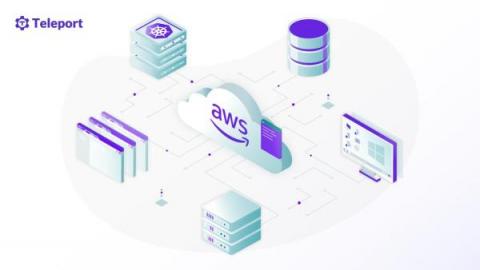Rising volume of email fatigue opens doors for Cybercriminals
While remote work has many benefits, it can increase the risk of employees suffering from directed attention fatigue (DAF), where they find themselves unable to focus due to constant distractions. This is due primarily to isolation and the constant bombardment of emails and instant messages. In fact, one of the most worrying types of DAF for security professionals is email fatigue.











